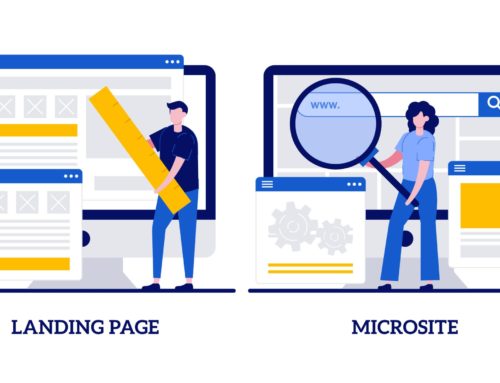Here’s a common problem when planning or implementing a microsite marketing strategy: it’s fairly quick and easy to slap a template onto a website. But getting it from a template to a good-looking site requires a lot of time and focus. Is it worth it? Is it mandatory?
As usual, the answer is “it depends” but let’s look at some of the factors it depends on. Let’s look at them:
First, perhaps most importantly, is the objectives of both each individual site, and the network overall. Many sites of ours are “ugly by design”: if being ugly and looking like a template site helps achieve the goals of that particular site and the overall network, go for it!
For example, most homegrown sites tend to look ugly. Like if it is just a few non-tech guys in a garage. Or someone older trying to do something himself. And so on. There are many cases where sites look more “natural,” then a more templated look is good. In fact, this is overwhelmingly the most important factor, and it’s easy to forget. Remember it this way: when you see a well-designed site, does it look like a grass-roots movement or like someone sponsored it? I thought so.
A second consideration is budget. It’s almost a tautology: template sites are just implementing a template so it is a small fraction of the effort of a custom design.
A third consideration is timeline. Good sites require calendar time. Launching a political movement, or a “political movement” (in quotes) takes time, and if you have 3 days, you may want to go for the template route.
A fourth consideration scalability. Are you doing 3 sites, 30, or 300? 3 sites can more easily be done manually; not so much, 300.
Now, knowing all this: here’s the winning strategy: preparing your microsite strategy well in advance–years in advance–if you design and arm platforms so you can create template-type sites in a way that don’t look like they are templates (except to the very careful observer)–then you can get the best of both worlds: it’s the big win-win-win.
There’s only one down-side: that requires deeply advanced planning and preparation. Or a microsite team that has done it before many, many times. And guess whom we would recommend?






Morgan Friedman has been building and running Display campaigns on top of GDN Network of Adwords, err, he means "Google Ads," for almost 15 years. Friedman is, by nature, an obsessive optimizer, and has been A/B testing every obscure option, configuration, strategy, and tactic on Display Ads. Oh and search ads, as well as figuring out how to grow companies and politicians from just the seed to hundreds of thousands of users, or voters, as well. His favorite number is eleven. Morgan enjoys writing about Managed Placements.